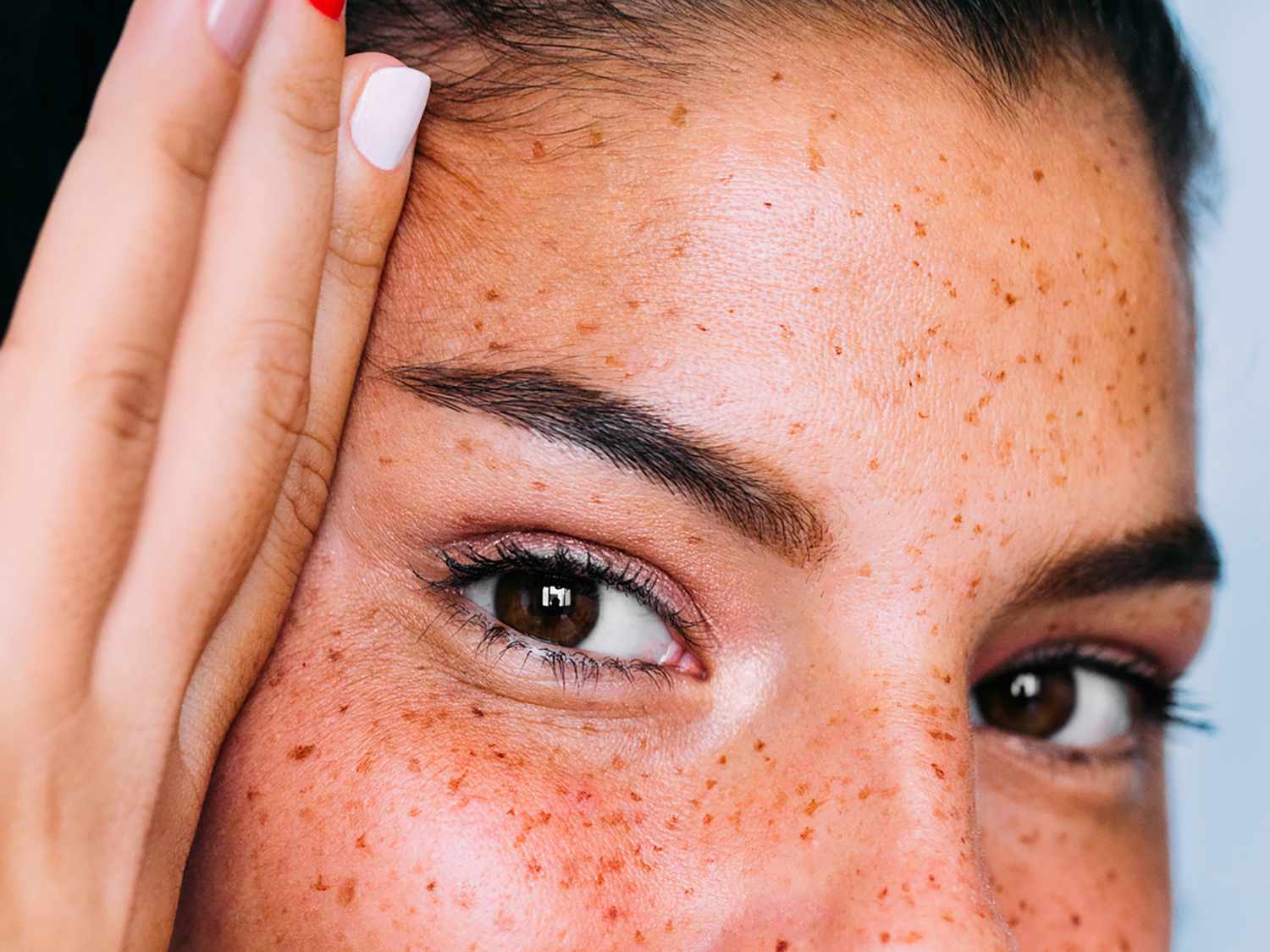
The conversation surrounding facial aesthetic procedures has shifted markedly in recent years, moving away from dramatic surgical transformations toward more nuanced, minimally-invasive interventions that promise enhancement with minimal disruption to daily life. Within this spectrum, the non-surgical brow lift stands out as a particularly compelling option, targeting a facial area—the upper third—where the earliest and most visually impactful signs of aging often manifest. The efficacy of these non-surgical techniques, however, is a complex tapestry woven from various modalities, patient-specific anatomy, and, crucially, the realistic understanding of what can be achieved without surgical resection and repositioning. To definitively answer whether a non-surgical brow lift is truly effective requires a dissection of the differing mechanisms of action, from neuromodulator-induced muscle relaxation to dermal volumetric support and energy-based tissue tightening. It is not a single treatment but a diverse category of approaches, each yielding a distinctly calibrated result.
…a complex tapestry woven from various modalities, patient-specific anatomy, and, crucially, the realistic understanding of what can be achieved without surgical resection and repositioning.
The Fundamental Principle: Differing Mechanisms of Non-Surgical Elevation
Non-surgical brow elevation is achieved through three primary biological mechanisms, none of which involve the physical lifting of the skin and underlying structures via incision and suspension. The first is chemodenervation, primarily through the use of botulinum toxin, where strategic injection into the depressor muscles—those that actively pull the brow downward, such as the orbicularis oculi and corrugator muscles—causes their temporary relaxation. This relaxation shifts the balance of power to the forehead’s primary elevator muscle, the frontalis, resulting in a subtle upward pull and the opening of the eye area. The second mechanism involves volumetric restoration, utilizing dermal fillers, typically hyaluronic acid-based, to replace age-related bone and fat pad deflation in the temples and under the lateral brow. By restoring this underlying structural support, the overlying soft tissue is subtly elevated. The third approach relies on collagen stimulation and tissue contraction, using devices like micro-focused ultrasound (e.g., Ultherapy) or radiofrequency (RF) energy, which heat deeper dermal and sub-dermal layers to induce a wound-healing response that culminates in neocollagenesis and overall tissue tightening over several months. The notion of a singular ‘non-surgical brow lift’ is therefore misleading, as the effectiveness hinges on which of these fundamental principles is employed.
…The first is chemodenervation, primarily through the use of botulinum toxin, where strategic injection into the depressor muscles…
Neuromodulator Efficacy: The Delicate Balance of Muscle Relaxation
The most popular form of non-surgical brow lifting relies heavily on the precise application of botulinum toxin. The procedure’s success is intrinsically tied to the injector’s deep knowledge of facial musculature. By carefully relaxing the downward-pulling muscles, particularly the lateral aspects of the orbicularis oculi—often referred to as the ‘crow’s feet’ area—a gentle, lateral lift to the tail of the brow can be achieved. However, the lift is typically measured in mere millimeters and is highly dependent on the patient’s existing muscular strength and forehead laxity. Injecting the frontalis muscle, the brow’s primary elevator, too aggressively will result in a heavy, drooping brow (ptosis), counteracting the intended effect. Therefore, the efficacy here is not about a dramatic upward shift but a softening of lines and a subtle, more rested appearance achieved through muscular rebalancing. The results are temporary, generally lasting between three and six months, necessitating consistent maintenance to sustain the modest elevation.
…The most popular form of non-surgical brow lifting relies heavily on the precise application of botulinum toxin.
Volumetric Support: Redefining the Brow’s Underlying Contour with Fillers
Dermal fillers offer a distinct and mechanically immediate form of brow elevation by addressing the structural deflation that contributes to brow descent. As a person ages, the fat pads in the temples and the area immediately beneath the brow—the lateral orbital rim—begin to atrophy, causing the overlying skin and tissue to fall flat or droop. Injecting a volumizing filler into the deep temple region or along the bony brow ridge restores this lost projection, effectively pushing the brow tissue upward and outward. This technique is particularly effective for those with significant temple hollowing or brow flatness, where the issue is primarily volume loss rather than extreme skin laxity. The resulting lift is more structural and immediate than that provided by neuromodulators, often achieving a noticeable arch and a more youthful contour. Unlike the muscle-freezing effect of botulinum toxin, fillers provide a physical scaffold, and their duration of effect is typically longer, ranging from nine to eighteen months depending on the filler type and patient metabolism.
…Dermal fillers offer a distinct and mechanically immediate form of brow elevation by addressing the structural deflation that contributes to brow descent.
Energy-Based Devices: Gradual Tissue Contraction and Collagen Remodeling
High-Intensity Focused Ultrasound (HIFU) and various Radiofrequency (RF) technologies offer a third pathway, relying on the body’s natural regenerative processes rather than injected substances. Devices like Ultherapy deliver targeted thermal energy to the deeper layers of the skin, including the superficial musculoaponeurotic system (SMAS) layer, which is the same layer targeted in surgical facelifts. This heating causes immediate collagen denaturation, followed by a prolonged process of neocollagenesis over several months. The ultimate effect is a general tightening and lifting of the tissue. For the brow, this results in a gradual, subtle, and natural-looking elevation. It is important to temper patient expectations with these modalities, as the initial result is not dramatic; the full effect is only visible after two to six months, once the new collagen has matured. Their effectiveness is highest in patients with mild to moderate skin laxity and sufficient, responsive collagen reserves. The benefit of these energy devices is their comparatively long-lasting result, often sustaining improvement for a year or more, although the degree of lift remains less than a surgical intervention.
…Devices like Ultherapy deliver targeted thermal energy to the deeper layers of the skin, including the superficial musculoaponeurotic system (SMAS) layer…
Thread Lifting Techniques: Mechanical Suspension with Biodegradable Materials
Polydioxanone (PDO) thread lifts represent another non-surgical option that combines immediate physical elevation with delayed biological stimulation. In this procedure, specialized barbed or cogged threads are inserted into the subcutaneous fat layer and anchored to a stable fixation point, such as the scalp fascia. The threads are then tightened to physically pull the sagging brow tissue upward. This provides an immediate, tangible lift that can be more significant than that achieved by injectables alone. Over time, the dissolving threads stimulate a fibrotic response, creating a new collagen matrix around the insertion area, which helps to maintain some of the lift even after the threads have been fully absorbed. While providing a more pronounced immediate lift than other non-surgical methods, thread lifts carry a higher risk of temporary side effects, such as bruising, swelling, and visible dimpling or puckering. Furthermore, the longevity of the purely mechanical lift is debatable, often lasting between six and eighteen months before the tissue begins to settle.
…The threads are then tightened to physically pull the sagging brow tissue upward.
Patient Selection and Realistic Expectation Management for Success
The true measure of effectiveness for any non-surgical brow lift lies in matching the appropriate technique to the specific anatomical issue and, critically, managing the patient’s expectations. Non-surgical methods are overwhelmingly effective for individuals with mild to moderate brow ptosis, those who primarily seek to soften expression lines, restore lost volume, or achieve a subtle, refreshed look. They are not effective for severe dermatochalasis or profound brow descent where there is a significant surplus of skin that physically obstructs vision or hangs heavily over the eyelids. Attempting to correct severe laxity non-surgically will inevitably lead to disappointment, highlighting the non-negotiable distinction between a lift and a surgical excision and repositioning. A comprehensive treatment plan often involves a combination approach, utilizing toxin to relax the depressors and filler to provide structural support, thereby maximizing the limited vertical lift achievable without a scalpel.
…Non-surgical methods are overwhelmingly effective for individuals with mild to moderate brow ptosis, those who primarily seek to soften expression lines…
Duration and Maintenance: Understanding the Temporary Nature of Results
A defining characteristic of all non-surgical brow lift modalities is the temporary nature of their results, a factor often glossed over in marketing materials but central to patient satisfaction. Unlike a surgical lift, which can endure for ten to fifteen years or more, non-surgical results necessitate regular, periodic maintenance. Botulinum toxin requires treatment every three to six months; hyaluronic acid fillers need re-touching every nine to eighteen months; and even energy-based treatments, while longer-lasting, require booster sessions every one to two years to counteract the relentless force of gravity and ongoing collagen degradation. The total long-term investment, both financial and in time commitment, should be carefully weighed against the benefits of a one-time surgical procedure. This temporary nature also provides a benefit, allowing adjustments to the shape and arch as facial features naturally continue to change over time, offering a degree of customization unavailable with permanent surgery.
…A defining characteristic of all non-surgical brow lift modalities is the temporary nature of their results, a factor often glossed over in marketing materials…
Side Effect Profile: Trading Dramatic Lift for Minimal Downtime
A major draw of the non-surgical approach, directly contributing to its perception of effectiveness, is the minimal downtime associated with all the major modalities. Procedures are typically performed in an office setting and take less than an hour, often allowing the patient to resume normal activities almost immediately. The side effect profile is generally limited to temporary and minor issues: potential bruising, localized swelling, and transient discomfort or tenderness at the injection or treatment site. These minimal risks and rapid recovery contrast sharply with the several weeks of recovery and the potential for more significant complications inherent in surgical brow lifting, such as persistent numbness, infection, or noticeable scarring. The effectiveness, in this context, is defined not just by the degree of lift but by the rapid return to daily function with a satisfactory aesthetic improvement.
…The side effect profile is generally limited to temporary and minor issues: potential bruising, localized swelling, and transient discomfort or tenderness…
Long-Term Aesthetic Implications: Avoiding the Over-Treated Appearance
One subtle but crucial measure of non-surgical efficacy is its ability to produce a natural-looking result, avoiding the “pulled” or “surprised” look sometimes associated with overly aggressive surgical corrections. Because the non-surgical lift is fundamentally less powerful, it is inherently safer against over-correction. The subtle, gradual effects of energy devices and the precision of muscle-specific relaxation via neuromodulators allow for a more nuanced restoration of youthful contours. A skilled practitioner can use these tools to restore the brow’s natural arch and position without creating the tell-tale signs of an aggressive intervention, thereby enhancing overall facial harmony. The ability to achieve this subtle, yet impactful, rejuvenation without disrupting the natural flow of facial expressions is arguably the non-surgical lift’s greatest and most understated measure of success.
…The subtle, gradual effects of energy devices and the precision of muscle-specific relaxation via neuromodulators allow for a more nuanced restoration of youthful contours.
The Conclusion on Effectiveness: Contextualizing the Non-Surgical Promise
The question of effectiveness for a non-surgical brow lift cannot be answered with a simple yes or no; it demands contextualization. It is profoundly effective for the right candidate seeking a subtle, temporary, and low-risk enhancement for mild to moderate signs of aging. It is ineffective as a substitute for a surgical procedure required to address severe skin laxity or a heavy, drooping brow. The success of the non-surgical approach is therefore measured not in the magnitude of lift but in its ability to achieve a highly desirable aesthetic outcome—a refreshed, more alert, and subtly younger appearance—without the commitment, risk, and recovery of surgery. Its efficacy is a product of patient selection, practitioner skill, and an acceptance of temporary results sustained through a commitment to maintenance.
Non-surgical brow elevation is fundamentally effective for subtle, temporary rejuvenation; its true success lies in achieving a refreshed appearance without the risks of an invasive surgical procedure.
